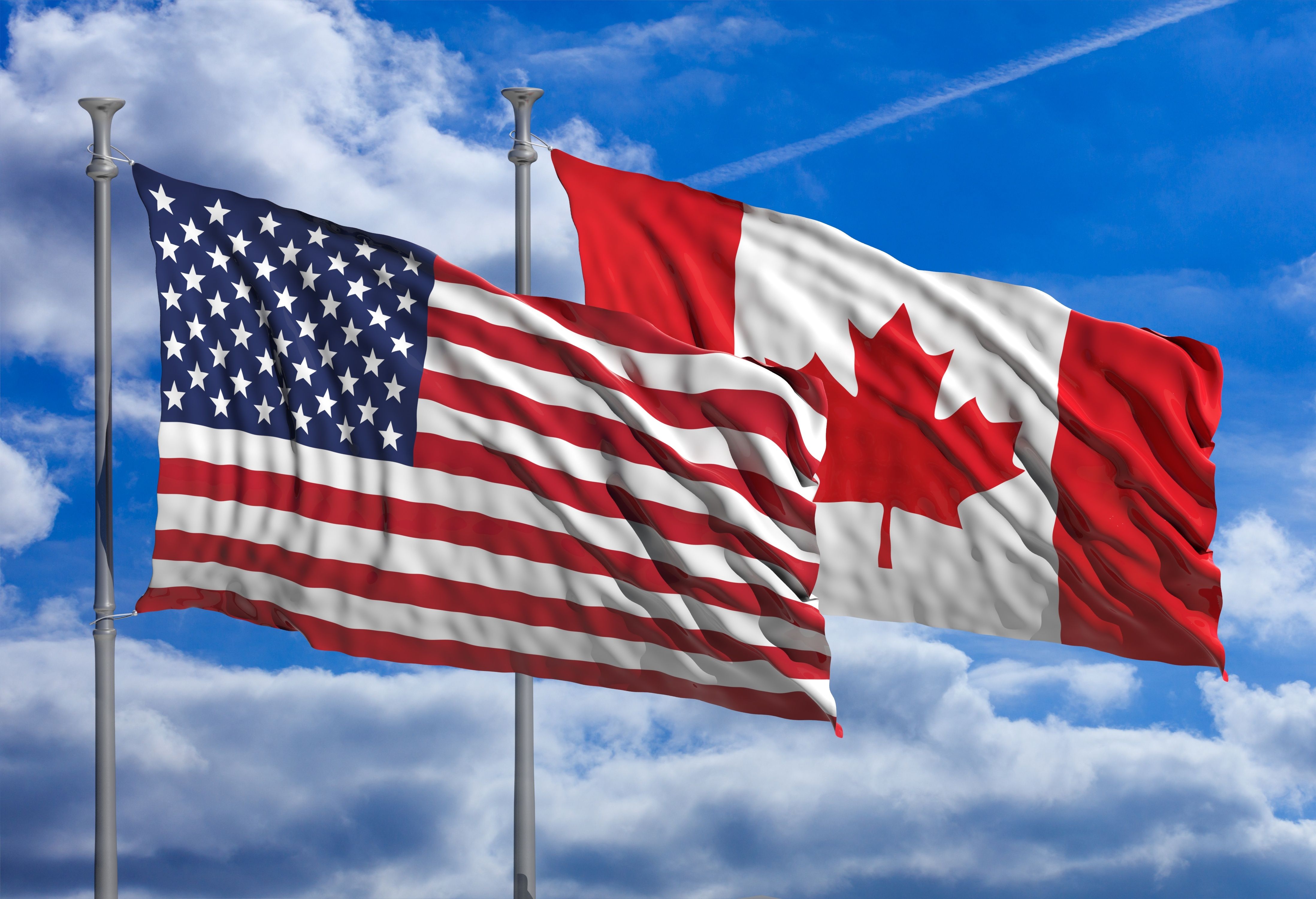A Tale of 2 Countries: Uncovering COVID-19 Mortality Patterns in the US and Canada
This study compares the mortality rates between Canada's public health care and the US private system, highlighting the complexities of pandemic response.

Despite sharing the world’s longest international boundary, Canada and the United States are often compared more for their differences than their similarities. A recent study, however, found a notable similarity in the COVID-19 mortality rates of these 2 nations.
The study, published in Canadian Studies in Population, sought to better understand the successes and failures of the American and Canadian health systems during the COVID-19 pandemic. Central to this research was the question of whether health care is an inalienable public right, as in Canada, or is a choice left to the consumer, as in the US.
COVID-19 exposed the differences between public and private health care, with Canada initially ranking among the world’s most successful countries in containing the novel coronavirus and the US falling among the least successful. However, rapid COVID-19 vaccine development and rollout changed the course of the pandemic for the US.
Using publicly available data from the Johns Hopkins University 2019 Novel Coronavirus Visual Dashboard, the investigators determined monthly COVID-19 mortality per 100000 people in the American states and Canadian provinces. The study period ranged from the onset of the COVID-19 pandemic in January 2020 through the availability of COVID-19 vaccines in December 2020.
The investigators found that Canadian provinces and US states had similar cumulative COVID-19 mortality rate trajectories. This was despite differences in key characteristics such as population density, age, weather and climate, racial and ethnic diversity, socioeconomic status, cultural behaviors, infectious disease mitigation strategies, and health care systems.
The Canadian province Quebec had a sharp mortality spike in the early spring of the pandemic, comparable to the US states Michigan and Delaware. However, by November 2020, Quebec had high mortality rates equivocal to Florida and Georgia, states that did not experience an initial spike, even though Quebec’s COVID-19 preventative efforts were far more extensive than these 2 states.
Additionally, Georgia and Ontario had the same cumulative COVID-19 mortality in the late spring of 2020, until Ontario managed to slow its mortality rate in June. Vermont and Maine had the lowest cumulative COVID-19 mortality of all US states, with trajectories similar to the western Canadian provinces of British Columbia, Alberta, Saskatchewan, and Manitoba.
The investigators emphasized the importance of this study, writing that factors like climate and cultural preferences should be evaluated to inform pandemic response policy. “With any luck, our research will encourage provincial and state health ‘autopsies’ before the next novel coronavirus or infectious disease—without a known cure—inevitably emerges,” the study authors concluded.
